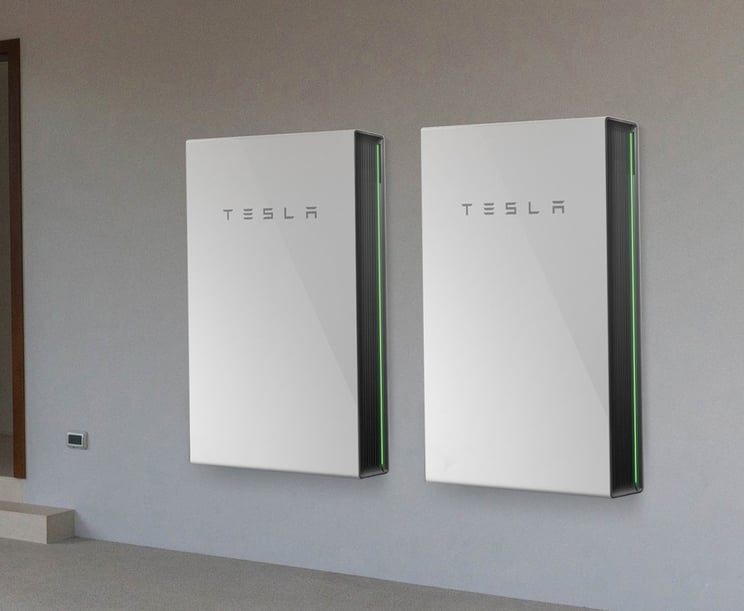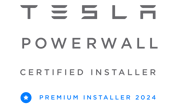In December last year, it was announced by the government that battery only installations will qualify for 0% VAT from the 1st February 2024. Previously, battery installations were only exempt when installed alongside a solar PV system. This makes it the perfect time to consider a battery installation in your home, whether you have an existing solar installation or not.
Should I Install a Battery Without Solar?
A battery only installation still means you are less reliant on the grid for your electricity, especially if you install a battery with power cut protection such as the Tesla Powerwall 2 - this can be very handy in case of a power cut.
With energy prices increasing and many energy suppliers offering very generous variable rates, a battery installation makes sense even without solar. This is because it's now more economical to import from the grid at an off peak rate and use the stored energy when the cost to import from the grid is higher.
This is both good for your bank balance and good for the environment, as the more people take this option even without solar less dirty energy will need to be generated at peak times to power the grid. It's usually carbon generating forms of energy that are switched on during peak, so having a battery helps do your bit to prevent carbon emissions.
Additionally, battery only installations often don't need a DNO application making them far quicker to install.
Is a Battery Only Installation Now Financially Viable?
But what about payback period? How long will it take you to recoup the cost of a battery installation? Batteries have a lower lifespan than solar, so this is an important consideration. The payback period is dependent on two factors, the rates on the tariff your energy supplier gives you and how much you use the battery - i.e. a full "cycle" of the battery over a 24 hour period will lead to a lower payback period, but this requires a relatively high energy use in the on-peak period from the battery. For information on the variable rates available take a look at our blogs on the best energy rates in 2023 and our blog on Octopus Flux, currently the market leader.
With the 0% VAT on battery this does significantly lower the payback period as you are taking 20% off the upfront cost. For our recommended battery, the Tesla Powerwall 2, you can expect a payback period of 6.5-11 years, depending on the above factors.
What About Retrofitting a Battery onto an Existing Solar System?
When you add a battery on to solar, it greatly boosts the efficiency of the system and the amount of money you save each month. This is because it is generally during the day when electricity use is lower, and the excess power you generate from solar is stored to be expended in the evening. Not matter how generous an export tariff you are on, it is almost always more economical to use stored electricity later that export to the grid and import it again in the evenings.
To chat through your options in regards to a battery only install or a retrofit and to take advantage of the 0% VAT rate come February get in contact with the technical team at Spirit Energy today by calling 0118 951 4490 or emailing info@spiritenergy.co.uk.









